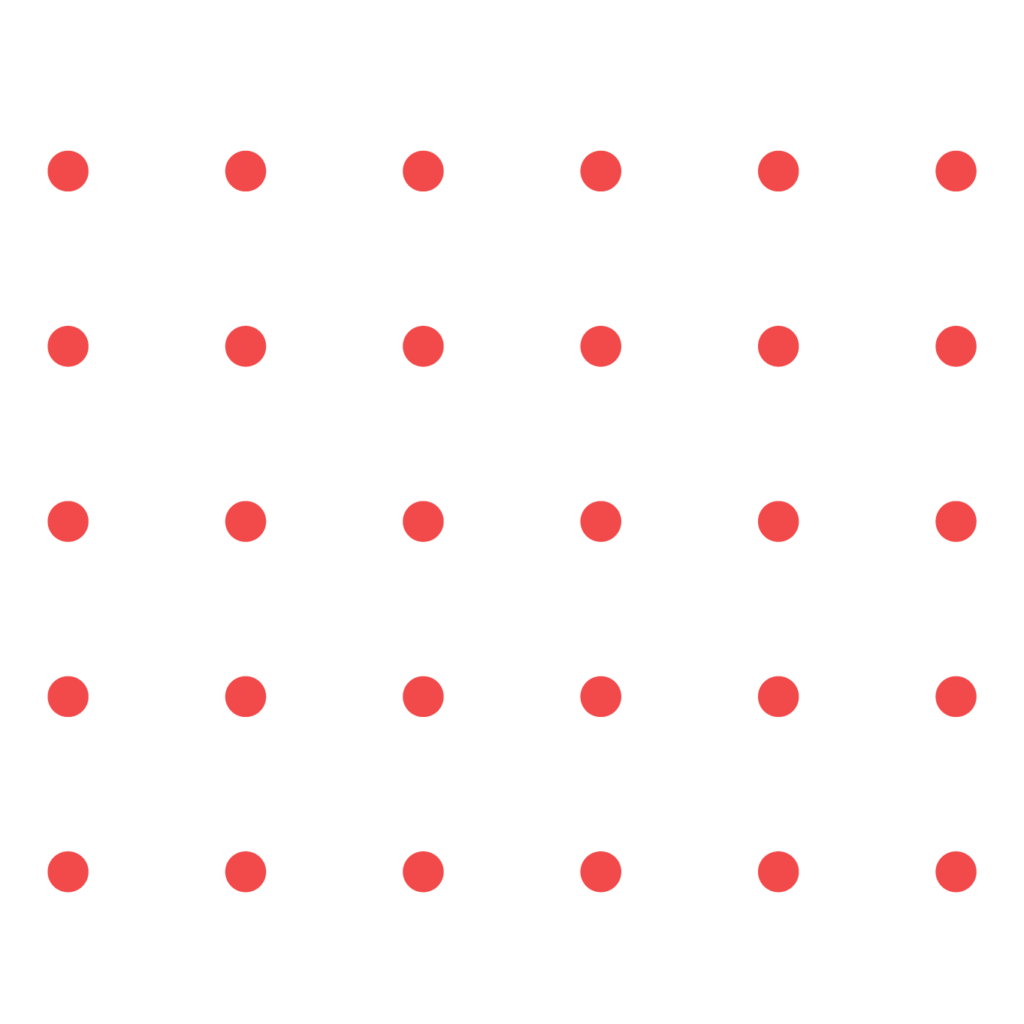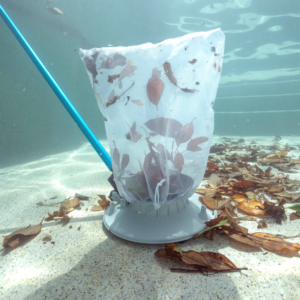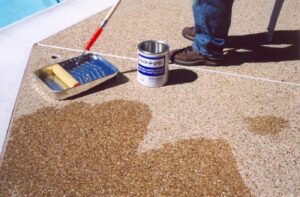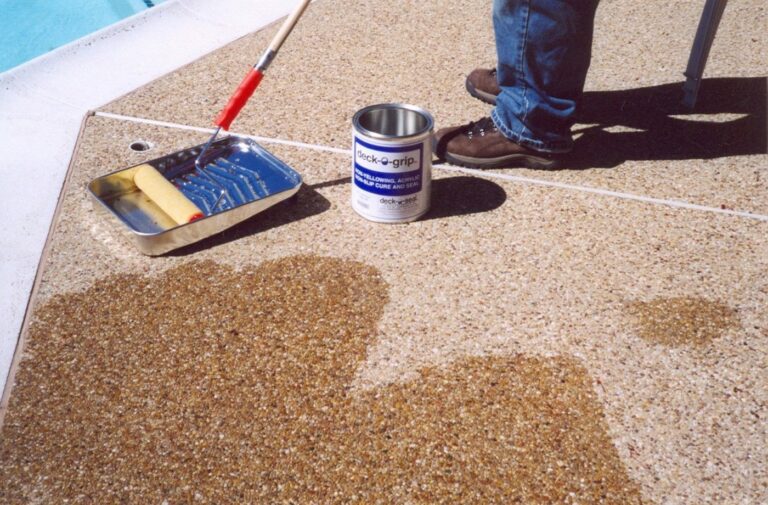Owning a hot tub comes with the task of managing energy consumption, especially in the face of varying seasonal conditions. Energy efficiency in hot tubs is not just about reducing electricity bills but also about extending the lifespan of the spa and contributing to environmental sustainability.
Understanding Hot Tub Energy Consumption
Hot tubs consume energy mainly for heating water and running the pump and filtration system. The energy consumption can fluctuate based on several factors:
- Ambient Temperature: The difference between the desired water temperature and the ambient temperature can significantly affect energy usage.
- Usage Patterns: How often and how long the hot tub is in use influences energy consumption.
- Hot Tub Design: Insulation, pump efficiency, and heating elements play a significant role.
- Maintenance: Regular maintenance helps keep the hot tub running efficiently.
Seasonal Energy Saving Strategies
Spring and Summer
As the weather warms up, the energy required to maintain the hot tub’s temperature decreases. Here’s how to optimize for these seasons:
- Adjust Temperature Settings: Consider lowering the hot tub temperature. Even a reduction of a few degrees can lead to substantial energy savings.
- Use a Quality Cover: Ensure the cover is in good condition. It should fit snugly to prevent heat loss through evaporation, which is more pronounced in warm weather.
- Optimize Filtration Cycles: In warmer months, bacteria and algae growth can be more prevalent. Adjust the filtration cycles accordingly but balance it to avoid overuse of the pump.
- Heat Pump Potential: Explore the use of heat pumps. These systems are highly efficient in transferring heat from the air to the water, reducing energy consumption significantly.
PAL™ Even Heat inverter heat pumps mark a significant advancement in pool heating technology, combining energy efficiency, intelligent design, and environmental consciousness. These heat pumps feature innovative inverter technology, enabling them to adjust their operation to meet precise heating demands, thereby reducing energy consumption and operating costs. They are designed for quiet operation, ensuring a peaceful spa environment. They are crafted from high-quality materials for durability and come with a user-friendly interface and WiFi control for easy temperature management. The wide operating temperature range of 5-109 degrees Fahrenheit offers versatility for various climates, making these heat pumps a sustainable and cost-effective choice for year-round pool comfort.
Autumn and Winter
During colder months, keeping the hot tub warm can consume more energy.
- Windbreaks: Set up windbreaks around the hot tub. Reducing wind chill can significantly decrease heat loss.
- Maintain a Constant Temperature: It is often more efficient to maintain a steady temperature than to lower it when not in use, as the energy required to reheat the water in cold weather can be significant.
- Preventive Maintenance: Regularly check for leaks and ensure that the heating system is working efficiently. Winter is a difficult time to have a malfunctioning heater.
Year-Round Energy Efficiency Tips
Energy-Efficient Pumps
Consider upgrading to a more energy-efficient pump, such as a Speck variable speed pump. These pumps are a game-changer in energy conservation, thanks to their ability to adjust flow rates as needed. These pumps operate at different speeds, minimizing electricity usage during lower demand periods. This adaptability not only reduces energy consumption but also extends the life of the pump by decreasing wear and tear.
Regular Maintenance
Clean and replace filters regularly to ensure smooth water flow and reduce strain on the pump. High-quality filters, like those from FILBUR, are essential for optimal performance. High-quality filters offer a number of efficiency advantages. They are designed to capture more contaminants and particles. This superior filtration capability means that the water remains cleaner for longer periods.
As a result, there’s a reduced need for frequent filter cleaning or replacement. As they are made from higher-grade materials, they have a longer lifespan, reducing the frequency of replacements. A high-quality filter maintains efficient water flow, reducing the strain on the hot tub’s pump. When water can flow through the system with minimal resistance, the pump doesn’t have to work as hard, which lowers its energy consumption. By effectively removing impurities and contaminants from the water, high-quality filters reduce the amount of chemicals needed to maintain water quality. This not only saves on the cost of chemicals but also reduces the energy used in the production and transportation of these chemicals.
Automated Solutions
Implementing timers and automated systems, such as TORK timers, can significantly optimize a hot tub’s energy usage. TORK timers are designed for precision and convenience, offering features that directly contribute to energy savings. These timers allow for the programming of specific operation cycles for the hot tub’s heating and filtration systems. By enabling users to schedule these cycles during off-peak hours, when energy rates are often lower, the overall cost of operating the hot tub can be significantly reduced. The ease of programming and adjusting TORK timers means that users are more likely to actively manage their hot tub’s energy usage.
Heat Retention Accessories
Investing in heat retention accessories, like floating thermal blankets, provides an extra layer of insulation. This reduces heat loss, thus decreasing the energy needed to maintain water temperature.
LED Lighting
If an in-ground hot tub incorporates lighting, upgrading to LED lights from PAL Lighting is a wise choice. PAL Lighting’s LED options are not just energy-efficient, they also offer superior brightness and a longer lifespan than traditional bulbs. LED lights are significantly more energy-efficient than traditional incandescent or halogen bulbs. PAL Lighting’s LED options are designed to last much longer than traditional bulbs, reducing the frequency of replacements. The exclusive ColorTouch technology allows for practically unlimited customization to enhance the hot tub experience while being eco-friendly.
Premier Spa Chemicals
The use of high-quality spa chemicals, such as those from Leisure Time, plays a critical role in the efficient maintenance of hot tubs. Top quality chemicals are designed to be more effective in treating water, which translates into several energy-saving benefits.
Quality chemicals are more concentrated and devoid of unnecessary fillers. This means they work more effectively to balance the water’s pH, sanitize, and prevent algae growth. The efficiency of these chemicals reduces the need for frequent chemical treatments, saving energy by reducing the demand on filtration and heating systems.
Lower quality chemicals often contain fillers and other additives that can lead to a buildup of residues in the hot tub’s systems. This buildup can strain the filtration system and heater, requiring them to work harder and consume more energy. In contrast, high-quality chemicals minimize residue accumulation, thereby maintaining optimal performance of the equipment and conserving energy.
With the effectiveness of high-quality chemicals, the water in the hot tub remains balanced and clean for longer periods. This reduces the frequency of water changes, which can be a significant energy consumer. Changing hot tub water requires not only refilling but also reheating, both of which demand considerable energy. By extending the water’s lifespan, these chemicals indirectly contribute to energy savings.
Energy Audits
Finally, spa owners may consider getting an energy audit of their hot tub. This can help identify areas where improvements can be made for greater energy efficiency, such as upgrading to more efficient components or adjusting usage patterns.”
Technical Considerations
- Pump Hydraulics: The efficiency of a pump is not just about its power rating. The hydraulics of a hot tub, such as pipe size, flow rate, and resistance, play a significant role in energy consumption.
- Energy Star Ratings: Look for products with good energy star ratings when purchasing a hot tub or its components.
- Climate Considerations: Spa owners should tailor their energy-saving strategies to their specific climate. What works in a mild climate may not be sufficient in an area with harsher winters.
Achieving maximum hot tub efficiency requires a blend of technical knowledge and practical strategies. Remember, the key to energy efficiency lies in a proactive approach.
At Alpha West, we are deeply committed to ensuring that professionals in the hot tub and spa industry are equipped with the highest quality products available. Beyond connecting industry professionals with industry-leading products, we are dedicated to offering comprehensive training and expert guidance to enhance your operations. For more insights into our services, the exceptional products we offer, and the renowned manufacturers we partner with, please don’t hesitate to contact us at hello@alphawest.com or find your region’s pool and spa manufacturer rep on our territories map.












